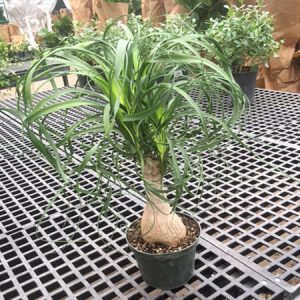Description
Hydocharis – Frogbit –
There are 2 species of submerged or floating aquatic perennials, inhabiting shallow water and marshes in Europe, Asia, and Africa. They have short, stolon-like stems that form mats just below the water surface or root into the mud. Resembling small water lilies, frogbits are grown for their attractive, 3 petalled white flowers, the male flowers are held in cluster of up to 4 blooms, the females are solitary. The small, basal leaves are stalked, kidney shaped to rounded, and mid to dark green. Use as surface cover for a large wildlife pool.
Grow in still, alkaline, preferably shallow water in full sun. Strongest growth occurs in water shallow enough for the leaves to float and the stolons to root into the pool, in deep water, the plants float on the surface and are less vigorous. Winter water levels must be sufficient to prevent freezing at the bottom of the pool, since this is where the overwintering buds hibernate, they rise to the surface and produce new growth in spring
Prone to brown chinamark moth as well as being disfigured by water snails.
H. morsus-ranae – This floating perennial from Europe, Western Asia and Northern Africa as an indefinite spread. It produces horizontal, floating stolons, which form new plants at their tips, and with rosettes of rounded, glossy, mid green leaves, to 2″ long. In summer it bears bowl shaped flowers, 3/4″ across, with 3 broadly ovate, papery white petals, each with a yellow spot at the base.
Zones 6-11




